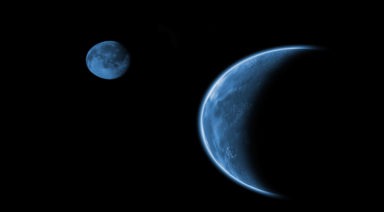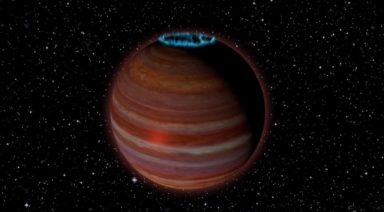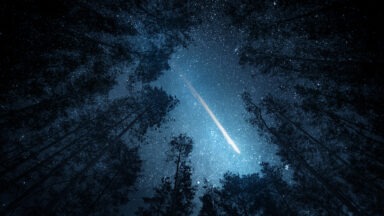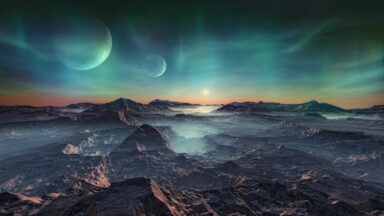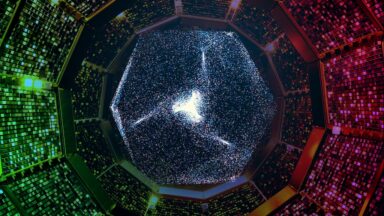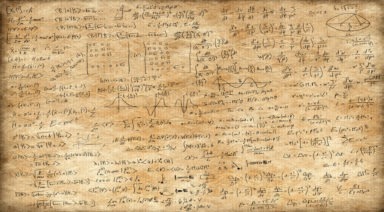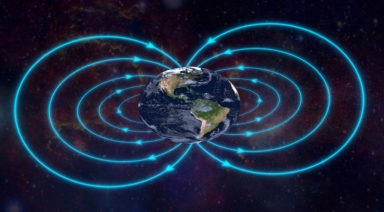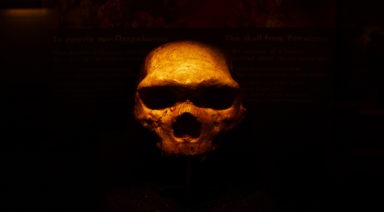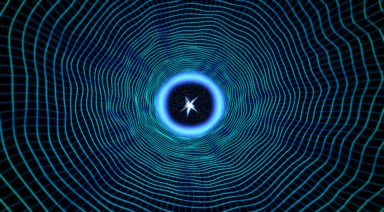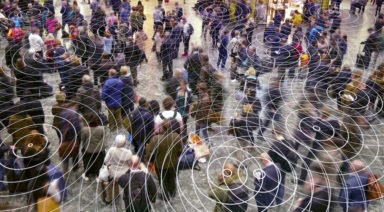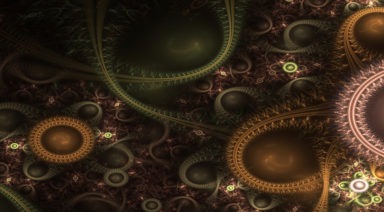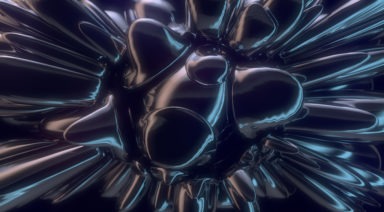Seeking the Alternate Realities

The reality with which we humans are all most familiar is a four dimensional time-space made up of height, width, depth and time. From the beginning of recorded time, mankind has long held to a cosmological notion that multiple levels of reality exist. These layers are said to be entirely different realities that occupy different dimensions beyond our own four dimensional time-space. These worlds could even be distant realms that exist beyond our notions of time or space. While mankind agrees with these basic building blocks, what is evident is that there are many different beliefs describing the nature of these worlds.
The earliest accounts of multiple layers of reality come to us from ancient shamanic traditions. These traditions describe a multi-verse being dividedinto three layers. The middle world is for humans and the physical world. Below that is the under-world where we find the dead and chthonic beings such as trolls, dwarves and demons. Above the middle-world is the upper-world where we find numinous beings such as gods, angels, and ascended masters.
Over the centuries, the western world’s perception of these realities altered in accordance to changing beliefs and interactions with other cultures. The concept of the three worlds became the heaven and hell of the Abrahamic religions, with Earth trapped in the middle. Later, the growing influence from Eastern traditions took away concerns of eternal torment to provide a focus on serving others and spiritual evolution. Today, some of these notions of the afterlife and other layers of realities are beginning to gain and interest from the scientific community.
Alternative realities are not limited to spiritual realms or even to the afterlife. New theories are rising about a coming shift to mankind’s reality. These theories say we are to transcend our four dimensional reality of time-space into a 5th dimension, or even higher.
In today’s world, with the plethora of information concerning the many different theories of alternate realities, people are seeking ways to explore these realms. There are many ways to enter, or transcend to these realms, and return. It is a long tradition of shamanic cultures to use entheogens, a psychoactive substance used in a religious, shamanic, or spiritual context, such as ayahuasca, henbane, or fly agaric. It is said these substances alter the mind and loosen the bindings of the soul from its body, making it easier to explore the spiritual realms. One may even use deep meditation or even modern technology to make the leap.
What all of these theories of transcendence have in common is the universal notion of increased awareness. First, one must be aware of the world they intend to reach. Second, there must be some form of conscious evolution. The mind that occupies the brain is not enough to explore beyond common time-space. There must be a mental shift in order for the mind to be able to receive and process information of realities. This shift can come from meditation, ritualistic use of entheogens, or any willful changes in consciousness.
By learning of these other layers of reality we gain perspective on how others see our common world their spirituality. We even can begin to understand our own being and how we fit into the realities we create. By transcending common reality, we can make contact with beings that are beyond our basic level of understanding. This can give us an expanded awareness and lead to higher states of conscious evolution. There is no end to the possibilities.





